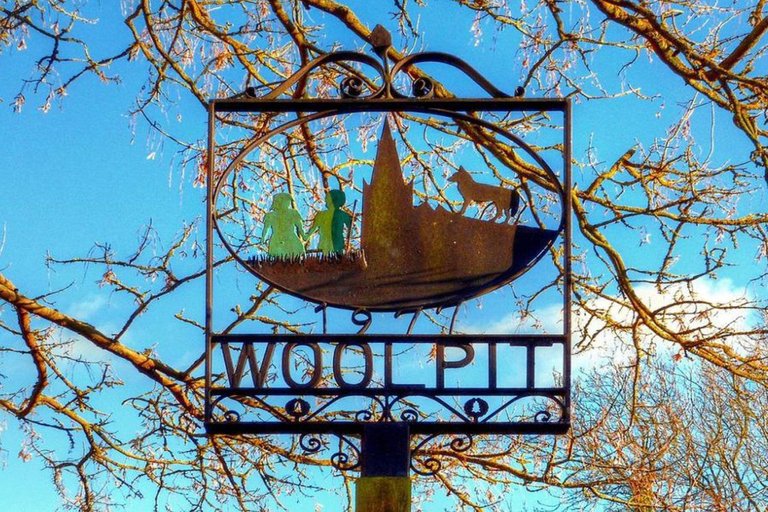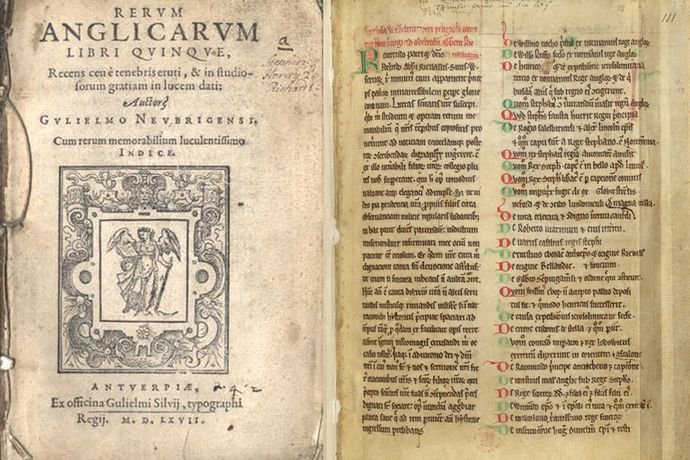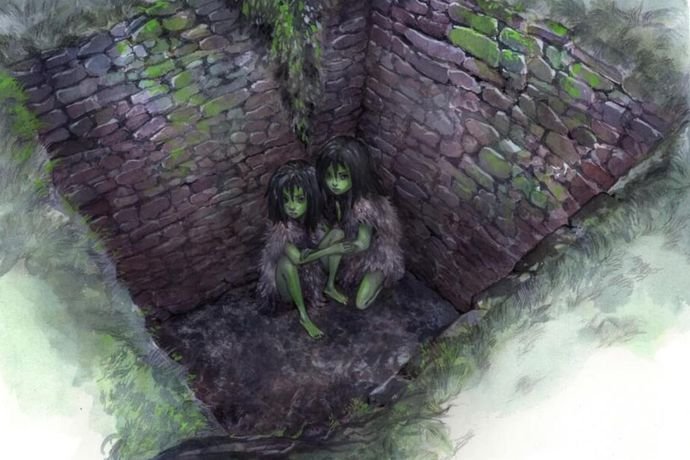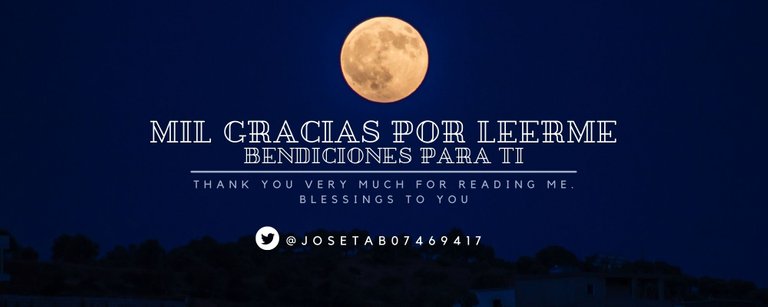

Los habitantes del pueblo inglés de Woolpit se asombraron cuando encontraron una niña y un niño con piel de color verde.
Además del color de la piel, los aldeanos quedaron también asombrados por el idioma desconocido con el que trataban de comunicarse. La historia desconcertante se conoce como la leyenda de “Los niños verdes de Woolpit” Condado de Suffolk, Inglaterra, en el siglo XII.
En el omento del rescate los niños presentaban un grave cuadro de desnutrición, debido a que los niños se negaban a comer la comida que le ofrecían. Al poco tiempo el varón murió por su estado de desnutrición avanzado. La niña sobrevivió, se volvió una mujer adulta, aprendió el inglés y pudo contar que les había sucedido.
La niña que como mujer tomó el nombre de Agnes, aseguró que había vivido en un país con cavernas y paisajes subterráneos. Explico que el lugar tenía un atardecer eterno y que había un río que separaba su tierra de otra más iluminada.
Según su relato, ella y su hermano provenían de “la tierra de San Martin”, donde el sol nunca brillaba. Que habían llegado a la superficie por medio de túneles y cuevas que recorrieron por dos días.
¿REALIDAD O MITO?
La historia fue documentada en dos libros escritos en latín, que cuentan lo los testimonios de los pobladores: Historia rerum Anglicarum (Historia de Inglaterra, del año 1189), de William de Newburgh, y Chronicon Anglicanum (Crónicas de Inglaterra, de 1220), de Ralph de Coggeshall.
El libro de Newburgh, era un clérigo e historiador inglés. Es uno de las principales fuentes de la historia medieval. Abarca los reinados de Guillermo el conquistador hasta el de Ricardo corazón de León (desde 1066 hasta 1198) En esta obra de cinco volúmenes está documentado toda la historia.

Newburgh describió los sucesos basándose en los testimonios de quienes descubrieron a los pequeños en el pozo “de lobo”. Estos agujeros, era trampas para cazar lobos, que se usaban para evitar el ataque de los lobos al ganado. El color de piel era de color verde brillante y hablaban una lengua desconocida. Vestían ropas extrañas de material que no se habían visto nunca. A pesar de tener hambre rechazaban toda la comida que le ofrecieron. El historiador aclaro, que tenía que rendirse al peso de tantos testimonios y de tal calidad.
Por su parte el monje Ralph de Coggeshall, informó en crónicas de Inglaterra que los niños fueron llevados a la casa de Richard de Caine, uno de los vecinos de pueblo, donde Agnes trabajo mucho tiempo como sirvienta.
De Coggeshall resumió en orden cronológico toda la historia que recopilo de los testigos. Los especialistas que analizaron sus escritos dijeron que se esmeró en verificar todos los datos.
Ambos historiadores coinciden en que la niña pudo sobrevivir y conto su pasado. Los hermanos habían estado pastoreando el ganado de su padre y oyeron un ruido fuerte y se encontraron de repente en el hoyo de lobo. De acuerdo a los narradores, los ruidos que siguieron fueron las estridentes campanadas de la abadía de Bury St. Edmunds, ubicado a 15 kilómetros de Woolpit.
LAS INTERPRETACIONES DE LOS EXPERTOS.
En cuanto al color de la piel, algunos medico dicen que podían haber padecido de clorosis, antiguamente llamada enfermedad verde, una rara infección causada por la anemia y que se caracterizaba por un tinte verdoso en la piel. Sin embargo otros especialistas afirman que la clorosis nunca llega a tornar de verde la piel. Sino que se trata de pigmentaciones menores.
Respecto al idioma desconocido, algunos historiadores insinuaron que podría tratarse de flamenco, una variedad regional del idioma neerlandés, que se habla en el norte de Bélgica y en el sur de los países bajos. Pero esta explicación es poco probable, ya que en el siglo XII, existían importantes rutas que unían a gran Bretaña con el continente, por lo que a través del pueblo pasaban personas que hablaban ese dialecto y podían haberlo reconocido.
A pesar de todas las investigaciones que se han hecho, todavía no hay evidencias científicas significativas que demuestren la veracidad o desmientan la historia.


The inhabitants of the English village of Woolpit were amazed when they found a girl and a boy with green skin color.
In addition to the skin color, the villagers were also amazed by the unknown language they were trying to communicate with. The puzzling story is known as the legend of "The Green Children of Woolpit" Suffolk County, England, in the 12th century.
At the time of the rescue the children were severely malnourished, because the children refused to eat the food offered to them. Soon after, the boy died from advanced malnutrition. The girl survived, became an adult woman, learned English and was able to tell what had happened to them.
The girl, who as a woman took the name Agnes, said that she had lived in a country with caves and subway landscapes. She explained that the place had an eternal sunset and that there was a river that separated her land from a more enlightened one.
According to her story, she and her brother came from "the land of St. Martin", where the sun never shone. That they had reached the surface through tunnels and caves that they traveled through for two days.
REALITY OR MYTH?
The story was documented in two books written in Latin, which tell the testimonies of the settlers: Historia rerum Anglicarum (History of England, from 1189), by William of Newburgh, and Chronicon Anglicanum (Chronicles of England, from 1220), by Ralph of Coggeshall.
Newburgh's book was an English clergyman and historian. It is one of the main sources of medieval history. It covers the reigns of William the Conqueror to that of Richard the Lionheart (from 1066 to 1198). In this five-volume work the entire history is documented.
Newburgh described the events based on the testimonies of those who discovered the little ones in the "wolf" hole. These holes were wolf traps, which were used to prevent wolves from attacking livestock. Their skin color was bright green and they spoke an unknown language. They wore strange clothes made of material they had never seen before. Although they were hungry, they refused all food offered to them. The historian made it clear that he had to surrender to the weight of so many testimonies of such quality.
For his part, the monk Ralph de Coggeshall, reported in chronicles of England that the children were taken to the house of Richard de Caine, one of the neighbors of the village, where Agnes worked for a long time as a servant.
De Coggeshall summarized in chronological order all the history he collected from witnesses. The specialists who analyzed her writings said that she took great pains to verify all the facts.
Both historians agree that the girl survived and told her story. The brothers had been herding their father's cattle and heard a loud noise and suddenly found themselves in the wolf hole. According to the storytellers, the noises that followed were the shrill chimes of Bury St. Edmunds Abbey, located 15 kilometers from Woolpit.
EXPERT INTERPRETATIONS.
As for the color of the skin, some doctors say that they could have suffered from chlorosis, formerly called green disease, a rare infection caused by anemia and characterized by a greenish tinge to the skin. However, other specialists affirm that chlorosis never turns the skin green. Rather, it is a minor pigmentation.
Regarding the unknown language, some historians have suggested that it could be Flemish, a regional variety of the Dutch language, which is spoken in the north of Belgium and in the south of the Netherlands. But this explanation is unlikely, since in the 12th century, there were important routes linking Great Britain with the continent, so that people who spoke this dialect passed through the village and could have recognized it.
Despite all the research that has been done, there is still no significant scientific evidence to prove the veracity or disprove the story.

Hello, @jat06
linkThis is @fionasfavourites from @hive-106316. This is a very in interesting post and we notice that you refer to historical sources - and have some interesting pictures - and neither are properly cited/attributed. As this is a public platform and also because content is, effectively monetised, it's important to avoid plagiarising (effectively borrowing - or some would say - stealing) other people's ideas and pictures. Here's a to a useful post about avoiding this. If you continue doing this, you will be reported to @hivewatchers and potentially blacklisted on Hive.
Trust this is helpful!
Gracias por la acotación... cierto olvide colocar link a dos imagenes... pido disculpas y voy a procurar tener mas cuidado... muchas gracias...
Thank you - and to your other sources - it's not just the images.
¡Felicitaciones!
1. Invierte en el PROYECTO ENTROPÍA y recibe ganancias semanalmente. Entra aquí para más información.
3. Suscríbete a nuestra COMUNIDADEntra aquí para más información sobre nuestro trail., apoya al trail de @Entropia y así podrás ganar recompensas de curación de forma automática.
4. Creación de cuentas nuevas de Hive aquí.
5. Visita nuestro canal de Youtube.
Atentamente
El equipo de curación del PROYECTO ENTROPÍA
Congratulations @jat06! You have completed the following achievement on the Hive blockchain and have been rewarded with new badge(s) :
Your next target is to reach 900 upvotes.
You can view your badges on your board and compare yourself to others in the Ranking
If you no longer want to receive notifications, reply to this comment with the word
STOP